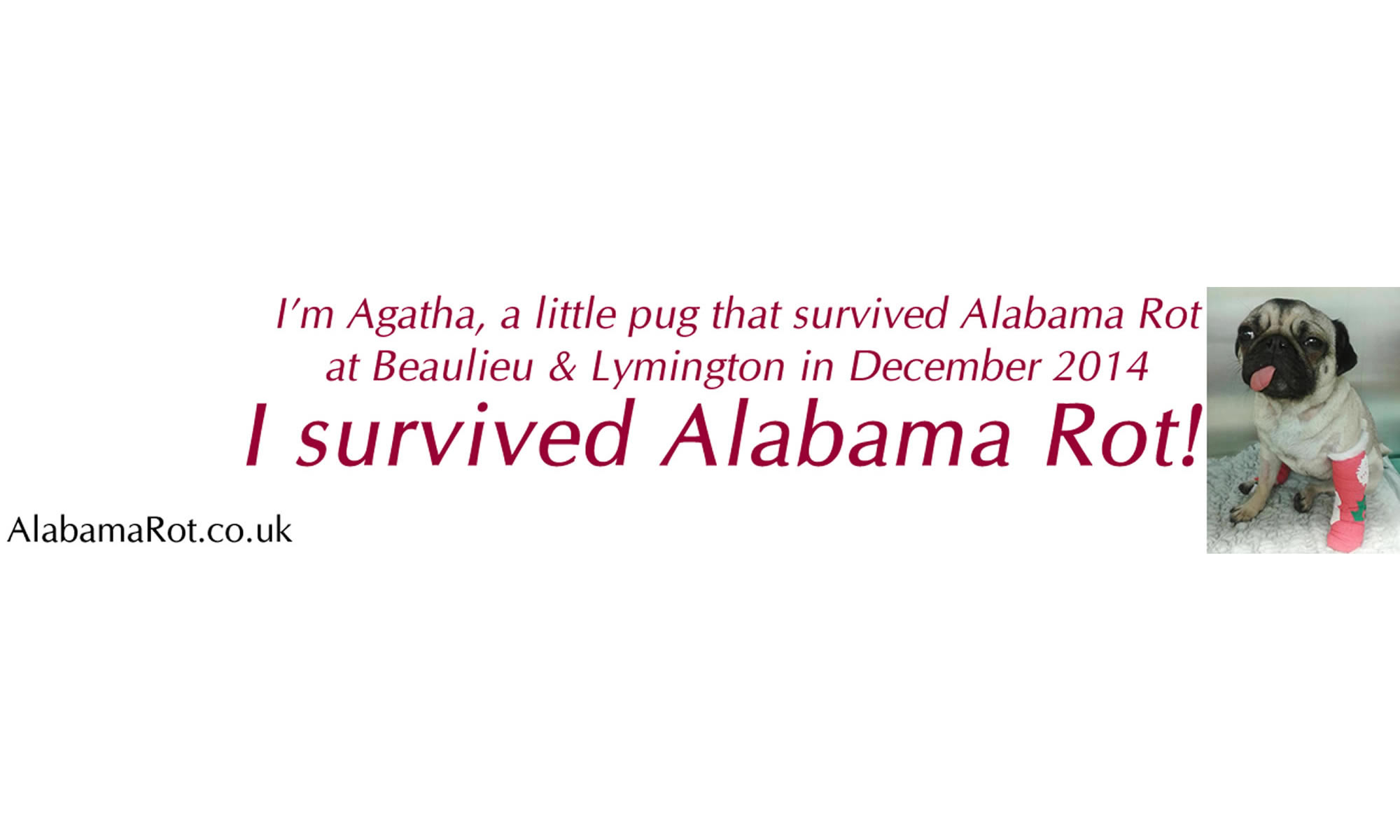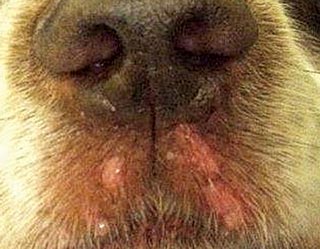Awareness about Alabama Rot has peaked since David Walker of Anderson Moores went on Breakfast TV on 10th May to discuss the disease. The last maximum peak was in January 2014 when signs about Alabama Rot were placed in New Forest car parks.
Google Trend – Alabama Rot – Last 5 years
Interest over time
Numbers represent search interest relative to the highest point on the chart. A value of 100 is the peak popularity of the term. A value of 50 means that the term is half as popular. Likewise, a score of 0 means the term was less than 1% as popular as the peak.




